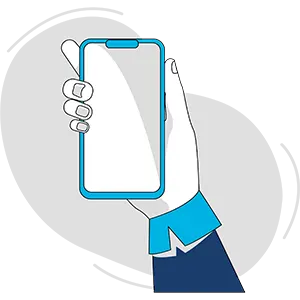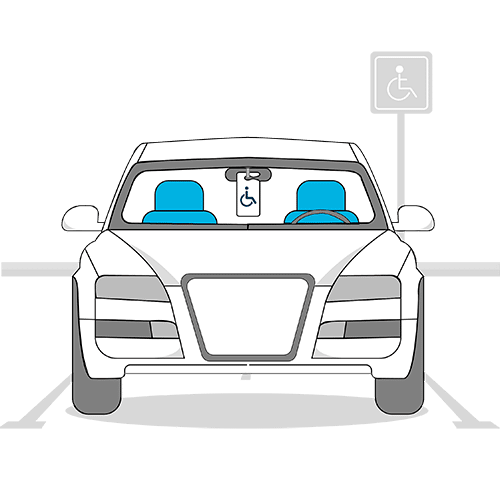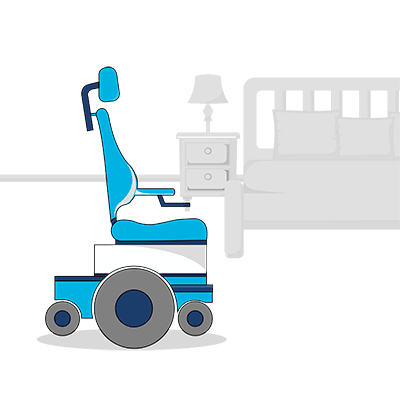National Motor Neurone Disease Week is celebrated each year in the first full week of May. The dates shift every year so it can begin on a Sunday and end on a Saturday. It’s a time to recognise those who live with MND and the people who support, love and care for them. It’s also a chance to look at what’s being done to find a cure and to highlight resources that help manage MND symptoms, as well as to answer questions like ‘Is motor neurone disease hereditary?’.
In this article:
What is Motor Neurone Disease?
MND is the umbrella term for a group of diseases where motor neurons progressively die. Motor neurons are cells in the brain and spinal cord that control the conscious movement of our muscles. As these neurons die, we begin to lose control over physical movements including walking, grasping, talking, swallowing and breathing.
It gradually paralyses a person and those affected are usually aged 50 years onwards. While MND progressively causes loss of movement, people’s cognitive abilities and senses often remain unaffected.
It’s a (usually) rapidly progressive, terminal neurological disease. Most with the condition die within two to four years of developing the disease. However, people like Stephen Hawking prove this doesn’t need to be the expectation.
People with MND
Not only did Hawking develop the disease early in life at the age of 21, but he also survived for 55 years – overcoming medical expectations. Another inspiring person is Lucy Lintott, who’s one of the youngest people to develop it (at 19 years).
Since being diagnosed in 2014, Lucy’s started a blog, made a documentary, and during the COVID-19 lockdown she gave birth to a baby boy. Through her advocacy efforts, she’s raised more than £120,000 for MND research.
Watch this tear-jerking video of Lucy as she has her portrait taken and breaks into tears (if your kids are watching, note the strong language warning). Seeing herself in the photograph reminded her of the person she’d been before MND. It made her realise that since her diagnosis she’d seen herself as two different people.
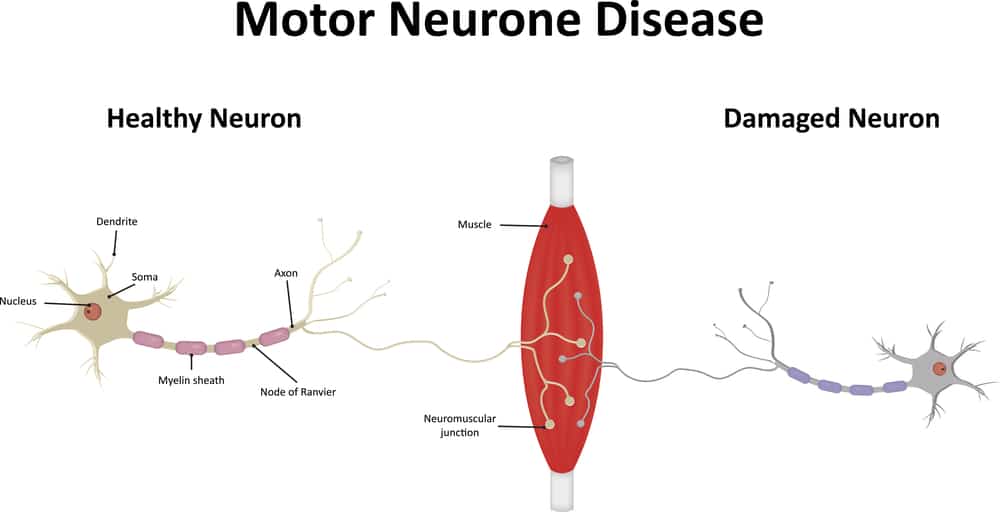
What causes Motor Neurone Disease?
Lots of research is being done to understand what the causes are and to find a cure. Although both these important questions have not been answered, there are some clues that will hopefully lead to positive results.
Here’s the list of causes scientists believe might be behind MND.
Possible causes of MND
- Viral infections
- Genetics (roughly 10% of cases are the result of a mutation in a gene)
- Chemical exposure and exposure to toxins
- Oxidative stress (an imbalance of antioxidants and free radicals in the body)
- Neuron inflammation caused by immune system response
- Premature ageing of motor neurones
MND treatment
Although the cure is yet to be discovered (and we hope it happens soon), there is a treatment available in Australia to ease the symptoms. Read our blog post “Treatment Advances for Motor Neurone Disease: What You Need to Know”, which takes a look at what research exists for treating the disease and prolonging quality of life for those who have it.
Is Motor Neurone Disease hereditary?
Motor Neurone Disease doesn’t spread between people; however, it can be hereditary. The genetic code mutates and can be passed from parent to child. Familial MND is where more than one person in the same family is affected.
This inherited form of MND can be passed down through generations, impacting several family members over time. According to MND NSW, those with this form of MND have inherited an error in their genetic instructions from one of their parents.
This error is called a mutation, and it causes the gene that contains the error to work incorrectly. If a person happens to carry an MND-related genetic mutation, each of their children has a 50/50 chance of inheriting it.
National Motor Neurone Disease Week in Australia
Anyone can participate and there are going to be walks across the nine states/territories as well. Here’s what to look out for:
Walk to d‘Feet MND
Walk to d’Feet MND has numerous walks in each state and territory, so chances are you’ll be able to join in wherever you live. Their walk events accommodate all ages and abilities, with stroller- and wheelchair-friendly courses, so you have the freedom to complete these courses at your own pace.
MND in Australia
Here are some facts and figures about MND in Australia today:
- Two people in Australia die each day from MND
- Two people are diagnosed with MND every day in Australia
- The average life expectancy is 2.5 years
- More than 2,000 people in Australia have MND
- There’s currently no known cure
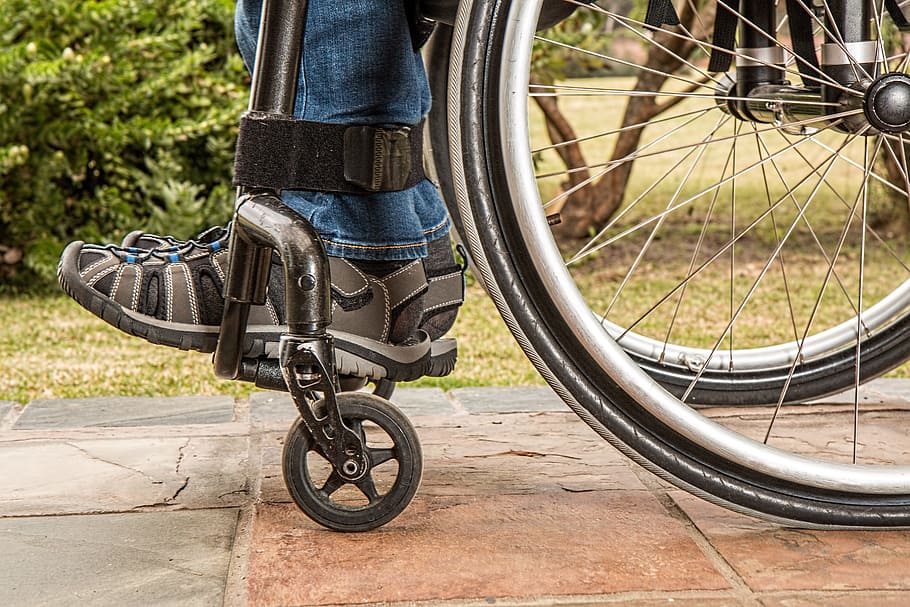
Assistive technology for MND
Motor Neurone Disease progressively causes decreased mobility and many with the illness will need to use a wheelchair.
While this can be a difficult transition to make, it provides access to moving around that would otherwise be lost.
So, now that you know more about MND and can share your knowledge with others this National Motor Neurone Disease Week, why not read up about other topics? We have all kinds in our Blue Badge Insurance blog, including:
- What is Neurodiversity and am I Neurodivergent?
- Preventing and Treating Pressure Sores for Wheelchair Users
- Your Most Asked Questions About Spinal Cord Injury
- How Does Pet Insurance for Service Dogs Work?
- We Answer the Top Disability Parking Permit Application FAQ
Insurance for your wheelchair
It’s also good to know that although wheelchairs are a big investment, they can be protected against theft and accidental damage with wheelchair insurance.
Your disability parking permit also gets you some insurance discounts with Blue Badge. Like up to 25% off disability car insurance or car insurance for wheelchair accessible vehicles and disability converted cars.
It also gets you up to 15% off pet insurance and 25% off Assistance Dog Insurance.
Click below to get an insurance quote today.

